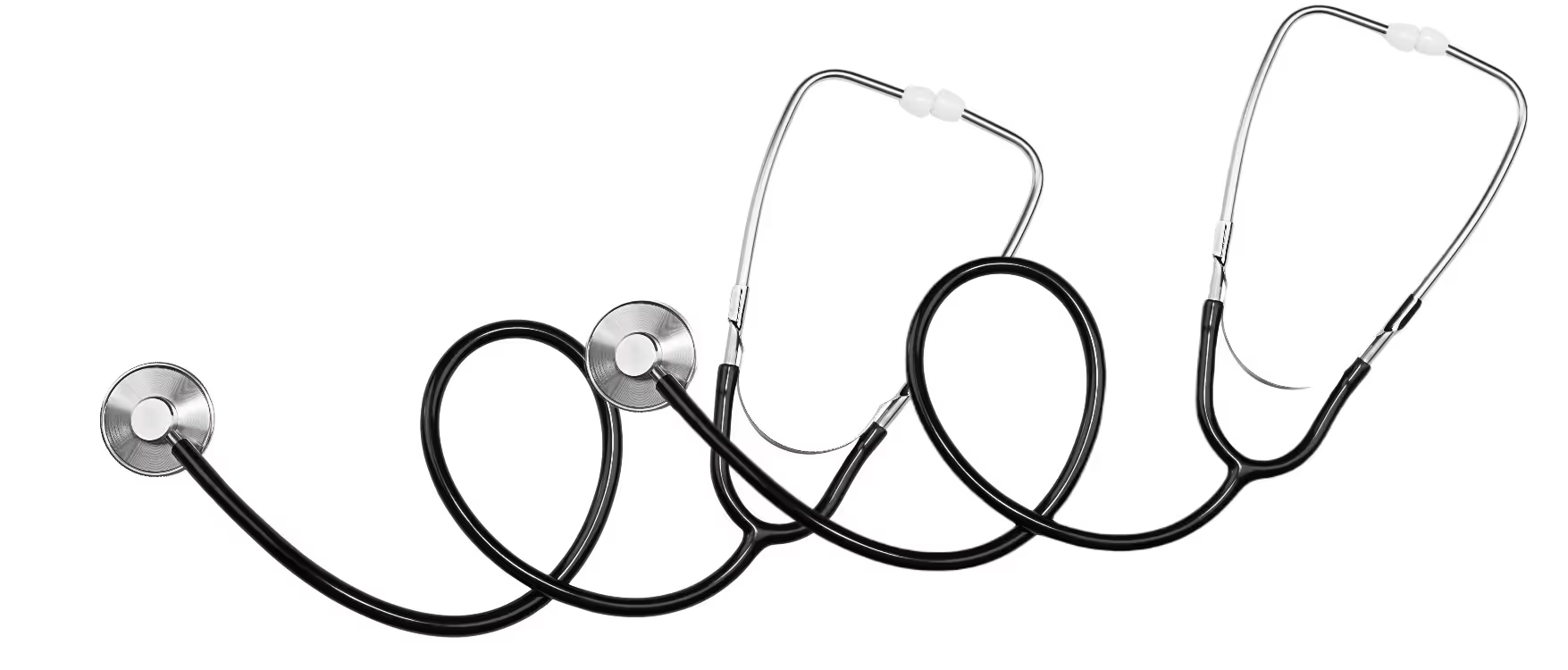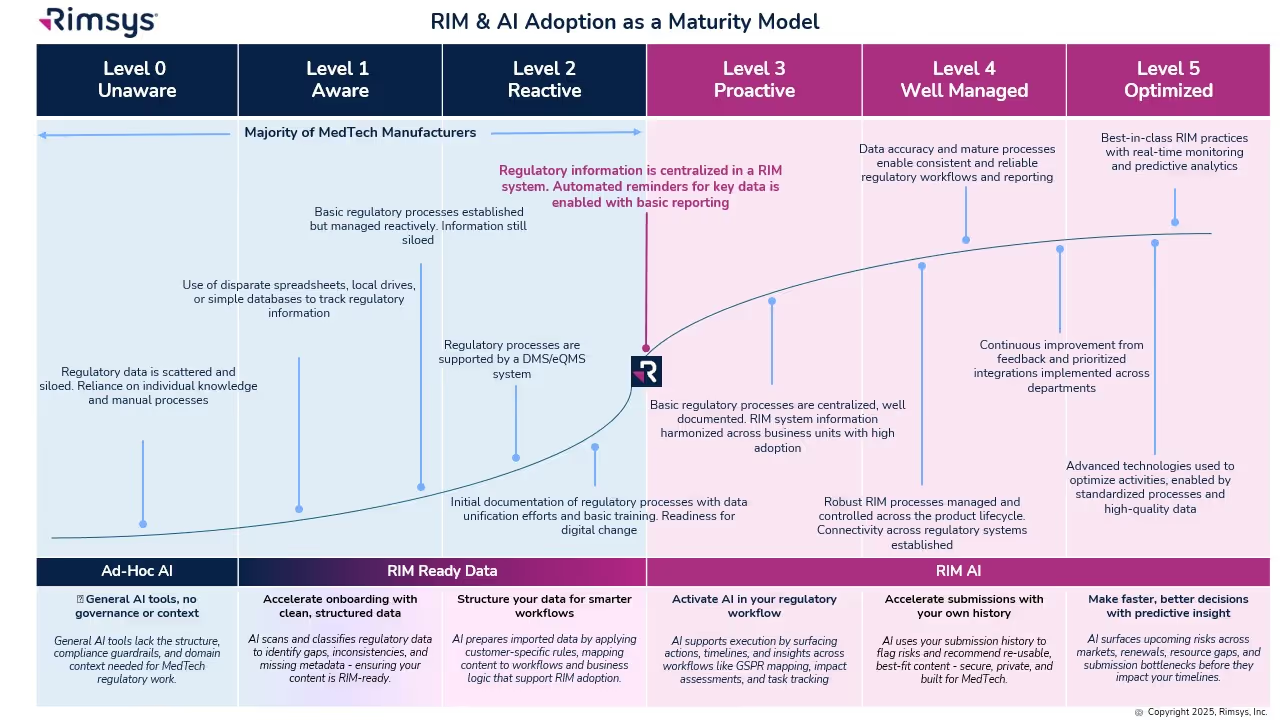
Medical device manufacturers seeking to place a new device in the U.S. market through a 510(k) submission are required to identify a legally marketed device that is substantially equivalent to the new device – i.e.: the predicate device. Selecting the correct predicate device is extremely important in ensuring the success of your 510(k) submission. New devices without a predicate are automatically classified as Class III devices requiring a premarket authorization (PMA) submission (although those with a lower risk profile can apply for reclassification through a De Novo request).
Predicate device requirements
A predicate device is used in a 510(k) submission to demonstrate that the new device to be marketed is safe and effective. This is done through establishing substantial equivalence between the predicate device and the new device. The predicate device must be a legally marketed device approved through a 510(k) submission, to which equivalence can be demonstrated. In identifying a predicate device, preference should be given to devices which are currently marketed in the U.S. and which have received 510(k) clearance relatively recently.
Predicate devices may be:
- Postamendments devices – devices marketed after May 28, 1976. The majority of 510(k) submissions claim substantial equivalence to a postamendment device.
- Preamendments devices – devices which were legally marketed in the U.S. before May 28, 1976 and which have NOT been significantly modified and for which a regulation requiring a PMA application has not been published by the FDA.
- Either postamendment or preamendment devices which are no longer marketed in the U.S. In this case, the predicate device cannot be a device that is, or was, in violation of the FD&C act.
Substantial equivalence
A medical device is considered substantially equivalent to an identified predicate device if the devices share an intended use and meet either one of the following:
- Shared technological characteristics, OR
- Different technological characteristics that do not raise different questions of safety and effectiveness and the safety and effectiveness of the device is demonstrated by information submitted to the FDA.
It is also important that the predicate device selected does not use outdated or superseded technology, which means that newer devices tend to be used as predicate devices. Note that while substantial equivalence needs to be demonstrated, the devices do not need to be identical. However, if the FDA finds that substantial equivalence has not been demonstrated with the identified predicate device, the applicant may:
- Resubmit the 510(k) with new data
- Request a Class I or Class II designation through the De Novo classification process
- File a reclassification petition
- Submit a premarket approval application (PMA)
How to find a predicate device
The FDA provides a 510(k) database containing all devices cleared through the 510(k) process. This database is updated monthly and can be filtered by device class, product code, applicant name, and other information.
Before searching the 510(k) database, the device and product classifications should be determined. The best way to find the correct classification of a new device is to use the Product Classification database, which can be filtered by device name and review panel, along with submission type, product code, device class and more. Searching the 510(k) database with the correct 3-letter product code is typically the most effective way of finding potential predicate devices.
Using a reference device in a 510(k) submission
The identification of a “reference device,” in addition to a primary predicate device, can be used to “support scientific methodology or standard reference values.” A reference device cannot be used in lieu of a primary predicate device and the FDA will evaluate the appropriateness of the reference device.
Note that prior to a 2014 guidance, the FDA allowed for “split predicates,” or the use of one predicate device to demonstrate equivalence in intended use, and another to demonstrate equivalence in technological characteristics. The current guidance finds the use of split predicates "inconsistent with the 510(k) regulatory standard.”
The importance of selecting the right predicate device
Selecting the right predicate device is critical to ensuring that your device can be brought to market through the 510(k) pathway. Selecting the wrong device will result in delays to the regulatory approval process. If an applicable device with current technology cannot be identified, other pathways, including De Novo request and PMA submissions, should be considered. For additional information, read The Beginner's Guide to the FDA 510(k).
Similar posts







.avif)

